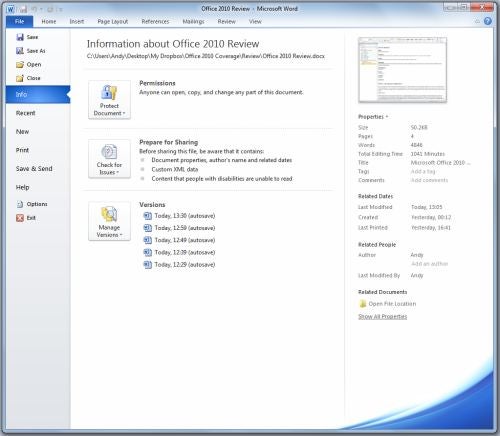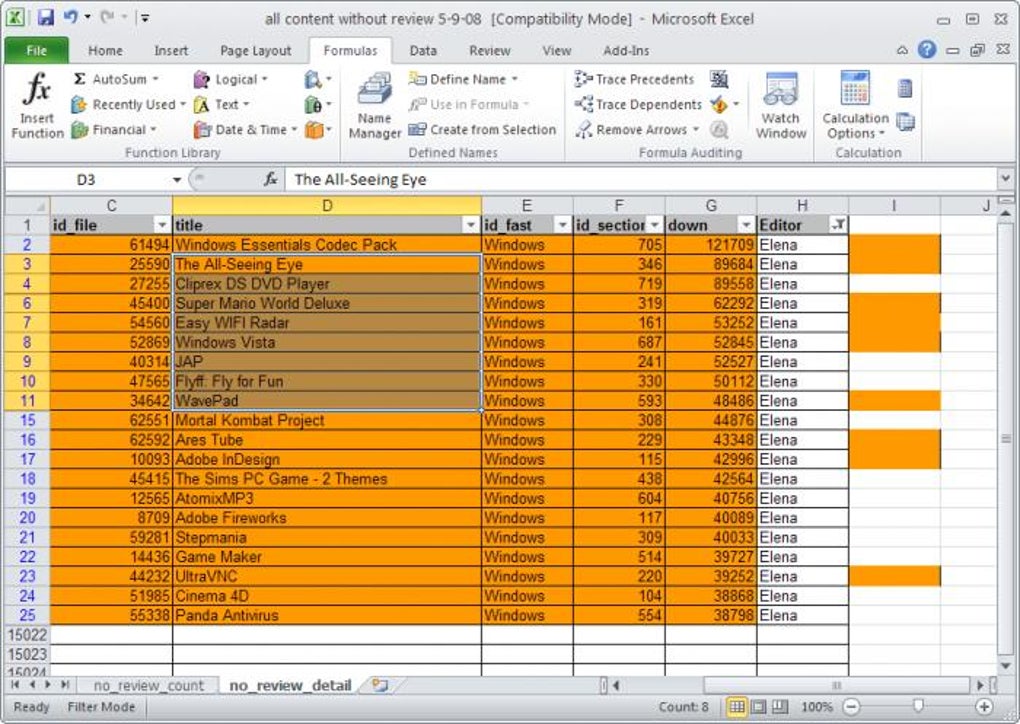

This collaboration is not available in the web version, unfortunately. Microsoft has also updated the desktop version to have collaborative features so that multiple users can be editing a document at once. The browser version still has the “ribbon user interface,” where you can change fonts, size, formatting, styles etc. In the browser, documents retain the same look and feel as in the desktop. Microsoft calls this “document fidelity” and created the browser version of MS Word accordingly. Here’s what the web version of Excel looks like:īryant says that the number one piece of feedback from users producing documents on Microsoft Word is that they want to preserve the look and feel of a document created in the desktop version in the browser. You can also share Excel via the browser with other users and set special permissions on who can access the document. Microsoft has added a particularly innovative feature called Sparklines, which gives a visual snapshot image of a data trend over time within a cell. The browser version of Excel has limited features, but offers more in-depth functionality than Google Spreadsheets. The browser version of PowerPoint doesn’t include the video editing features, but most of the functionality of 2008 is included in the browser version.Įxcel spreadsheets can now run in the browser, and similar to PowerPoint, spreadsheets can be published to the browser via the desktop version.

You can also create a slideshow in the desktop version and then publish it to the web version to access it via the browser. This feature can also be used on a mobile phone’s browser. Once they click the link, they will see the slideshow within the browser. To share a deck with other users, you send an email to individuals with a link. Here’s what the video editing tools look like in PowerPoint:

So if you create a slideshow in PowerPoint, you can share it with other people in real-time (which can be run on top of Sharepoint). Microsoft has also added the ability for users to launch a WebEx-like live sharing feature with other users. Users now have the capability of editing video and images within PowerPoint with a basic video editing tool (not so different from the capabilities of iMovie) and an image editing tool, which is like a basic, simple version of Adobe Photoshop. PowerPoint has been upgraded not only with a new browser version, but also a slew of bells and whistles have been added to the desktop version. All based in the cloud, the web-based versions of these products have fewer features than their desktop cousins but still give users basic tools to edit and change documents. Most certainly a direct response to Google Apps, Microsoft is rolling out lightweight, FREE, Web browser versions of Word, PowerPoint, Excel and OneNote.


 0 kommentar(er)
0 kommentar(er)
